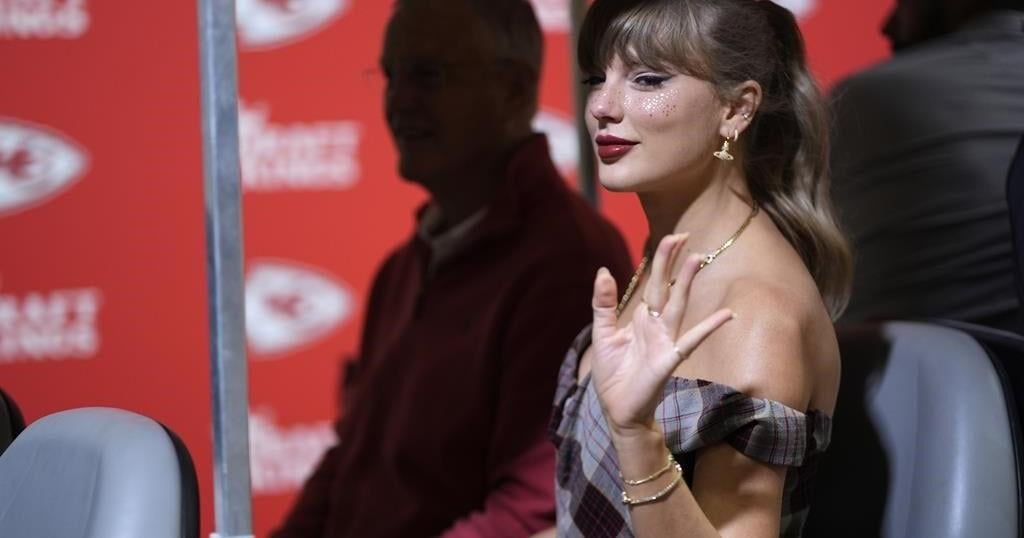Lululemon Athletica Inc. cut its full-year outlook Thursday as its CEO admitted the company has grappled with some “missed opportunities” in its womenswear business.
The Vancouver-based apparel company’s new guidance shows it expects to end the fiscal year with net revenue between US$10.3 and US$10.4 billion, down from its prior forecast that ranged between $10.7 billion to $10.8 billion.
The cut came as CEO Calvin McDonald conceded the company’s womenswear division has struggled with “newness,” which he described as seasonal updates to the business’s colours, prints, patterns and silhouettes.
“It’s become clear to us that this reduced newness, which is below our historical levels and stems from earlier product decisions, has impacted conversion rates, given the fewer new options available to our female guests,” he told analysts on a Thursday call.
The reduced level of newness was most pronounced in the company’s range of bottoms, but its digital operations had hiccups, too.
“In our online channel, the newness that we had performed well, but we simply did not have enough to inspire her to purchase,” he said.
To rectify the situation, Lululemon shuffled some workers in the product arm of its business and has been fast-tracking design processes for its performance, shorts, tops and tracksuit categories to introduce more newness to its assortment as quickly as possible.
McDonald anticipates the company will return to its historical levels of newness no later than spring 2025.
Despite the challenges, Lululemon’s second-quarter net income increased to US$392.9 million from US$341.6 million a year prior.
Net revenue for the company, which keeps its books in U.S. dollars, totalled US$2.4 billion during the period ended July 28, up from US$2.2 billion during the same quarter last year.
Net revenue attributable to Lululemon’s international markets rose 29 per cent over last year, while the portion linked to the Americas rose by one per cent.
Lululemon’s diluted earnings per share were $3.15 compared with $2.68 in the second quarter of 2023.
Neil Saunders, managing director of GlobalData, saw the results as “overall solid,” but expected that the slowdown Lululemon saw in its North American market will “set alarm bells ringing.”
“With less impressive numbers coming through and growth virtually flatlining in overall terms, and declining in on a comparable basis, it is raising a question as to whether Lululemon has finally reached its ceiling in the U.S. and Canada,” he said in a note to investors.
During the quarter, the company began to enter the spotlight as it prepared to outfit Team Canada at the Olympic Games in Paris, but it also had a stumble.
In late July, mere days before the quarter wrapped, Lululemon announced it was pausing sales of its new Breezethrough product line of tights and other activewear.
Many of the line’s pieces featured a long V-shaped waistband in the front and Y-shaped seam in the back that some consumers complained was unattractive and produced a “whale tail” look.
“While guests were excited by the fabric, the design didn’t meet their expectations,” McDonald said Thursday.
Pausing sales on the Breezethrough line had a “negligible impact” on Lululemon’s performance during the quarter, McDonald said, but he characterized it as the “right step” and said the company would reintroduce the fabric in the future.
A focus on innovation and newness would be wise, Saunders hinted in his note to investors Thursday.
He called for Lululemon to use “a bit more effort around the core assortment which, while still impressive in terms of quality, lacks some of the oomph with new drops coming across as a bit ‘samey.'”
“This is not good enough to drive growth among a more reluctant consumer and in a market where choice has been expanded,” he said.
Analysts have been closely watching how Lululemon competes with rivals like Alo and Vuori, which are quickly gaining traction with shoppers, and brands such as TravisMathew that play in the golf space Lululemon has been pushing into.
Because Lululemon is so new to the category and is still largely dabbling in it rather than being aggressive, Saunders said it has likely not tapped into the full customer base available.
Despite the competition and shoppers spreading their spending out among more retailers these days, he said Lululemon has been able to hang onto its core customer base.
“Overall, Lululemon remains a very good retailer and brand with an impressive track record,” he said.
“However, the miracle it has worked for so long seems to be fading.”
This report by The Canadian Press was first published Aug. 29, 2024.

























